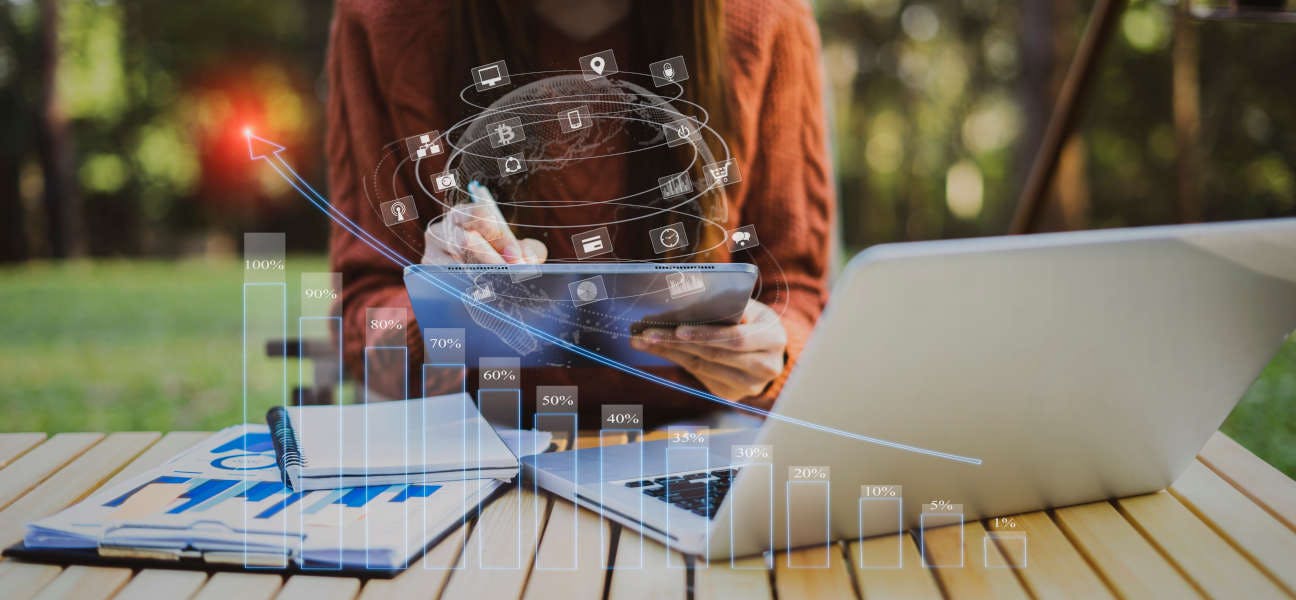The new conception of workspace in the New Normal

The evolution of workspace design in the New Normal is poised for significant transformation. Moving beyond traditional models, workplaces are becoming greener, smarter, and more sustainable, with a profound integration of digital elements.
To introduce this discussion, let's begin with a 2022 quote from the the Digital Observatory of the Politecnico di Milano:
"Diminishing mobility restrictions and the gradual easing of containment measures have ushered in a 'new normal.' Consumers are reclaiming lost habits and experiences, yet emerging from this challenging period with heightened awareness of digital opportunities."
What Does "New Normal" Mean?
The "New Normal" encapsulates the new conditions and lifestyles that have emerged following the COVID-19 pandemic. It encompasses shifts in individual behaviors, work processes, social interactions, and the global economy. Remote work and reduced travel are now integral to this paradigm as well. Concurrently, consumption patterns, social dynamics, and cultural norms have undergone significant transformation.
The term "New Normal" suggests that these changes may endure in time, necessitating adaptation for sustained resilience and growth. With this context established, let's delve into how the New Normal is reshaping workspace design.
Workspace Design in the New Normal Era
Insights from the Polytechnic Observatories shed light on early adaptations by companies anticipating a permanent shift in work dynamics. Their report, "From Emergency Smart Working to the New Normal: New Habits and New Approaches to Work", published in the summer of 2020, accurately anticipated that the return to normalcy would manifest as a "New Normal."
The report noted that many large enterprises planned significant actions concerning physical office spaces post-emergency. Approximately 51% planned to differentiate, expand, or reduce their office footprint, while 38% intended to reconfigure existing spaces to emphasize agility and digital integration. Moreover, 70% of advocates for agile work intended to increase remote workdays post-pandemic, averaging 2.7 days per week. Additionally, 65% aimed to broaden participation in work initiatives, 42% to include profiles previously excluded, and 17% to adjust working hours accordingly.
These projections are reinforced by more recent research, such as Microsoft's "Microsoft New Future of Work, Report 2022", which provides a comprehensive analysis of the evolving work landscape across various dimensions and highlights the importance of integrating digital technology in workspace design.
Key Themes Shaping Workspace Design in the New Normal
Conclusions
In summary, the future of workspace design in the New Normal is characterized by flexibility, sustainability, and employee-centricity.
Wacebo's solutions are tailored to help organizations create efficient and inspiring environments that elevate employee satisfaction, productivity, and competitive advantage.





